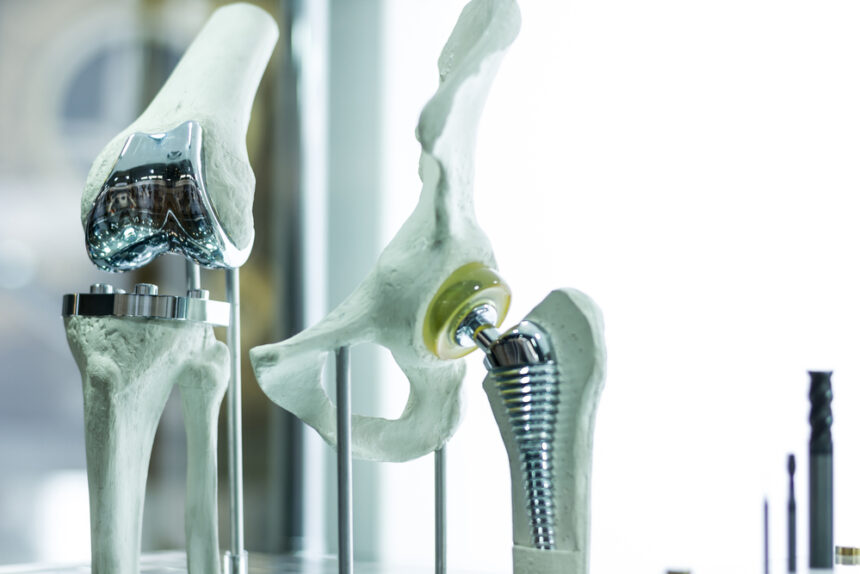In Karachi, as in many parts of the world, joint pain and discomfort can significantly impact a person’s quality of life. For individuals suffering from conditions affecting the hip and knee joints, the prospect of surgery may seem daunting. However, before taking the surgical route, many orthopedic specialists recommend exploring joint injections as a viable option. This blog will discuss the role of joint injections in managing pain and inflammation, their benefits, and their importance in the decision-making process regarding hip and knee surgery.
Understanding Joint Injections
Joint injections involve the administration of medication directly into a joint space to alleviate pain, reduce inflammation, and improve mobility. These injections can contain various substances, including corticosteroids, hyaluronic acid, or platelet-rich plasma (PRP). Each type of injection has specific benefits and is chosen based on the patient’s condition and treatment goals.
Types of Joint Injections
- Corticosteroid Injections
These injections are designed to reduce inflammation and provide pain relief. Corticosteroids are powerful anti-inflammatory medications that can be effective in managing conditions such as osteoarthritis and rheumatoid arthritis. Patients often experience significant pain relief within a few days, making it easier to engage in physical therapy or other rehabilitative exercises. - Hyaluronic Acid Injections
Hyaluronic acid is a substance naturally found in the synovial fluid of joints. Injecting it into the knee or hip can help lubricate the joint, potentially improving its function and reducing pain. This type of injection is often used for osteoarthritis patients when the natural lubrication is insufficient. - Platelet-Rich Plasma (PRP) Injections
PRP injections use a patient’s own blood, which is processed to concentrate the platelets and growth factors. This solution is then injected into the joint to promote healing and tissue regeneration. PRP therapy has gained popularity for its potential to reduce pain and enhance recovery from various joint conditions.
Benefits of Joint Injections
- Pain Relief
One of the most significant advantages of joint injections is the immediate pain relief they can provide. Many patients report a noticeable decrease in discomfort, allowing them to return to daily activities and engage in physical therapy. - Reduced Inflammation
Joint injections can effectively target inflammation in the affected area. By addressing the root cause of pain, these injections can improve joint function and enhance mobility. - Minimally Invasive
Compared to surgical options, joint injections are minimally invasive procedures that can often be performed on an outpatient basis. This means less downtime and a quicker return to normal activities for patients. - Assessment Tool
Joint injections can serve as a diagnostic tool. If a patient experiences significant relief following an injection, it may confirm that the joint is the source of pain. This information can help orthopedic specialists make more informed decisions regarding the need for surgery.
Role in the Decision-Making Process
Before considering hip or knee surgery, patients should discuss joint injections with their orthopedic specialist. These injections can serve as a crucial step in the treatment plan, allowing for conservative management of joint pain. If the injections provide relief and improve mobility, surgery may be postponed or avoided altogether.
Conversely, if joint injections do not yield the desired results, they can help determine the severity of the joint condition, providing valuable insights into the necessity of surgical intervention.
Conclusion
Joint injections play a pivotal role in managing hip and knee conditions in Karachi. They offer an effective, minimally invasive option for pain relief and inflammation reduction, allowing patients to enhance their quality of life before considering surgery. Consulting with an experienced orthopedic specialist can help patients make informed decisions about their treatment options, including the potential benefits of joint injections. By exploring these alternatives, individuals can take proactive steps toward better joint health and improved mobility.


